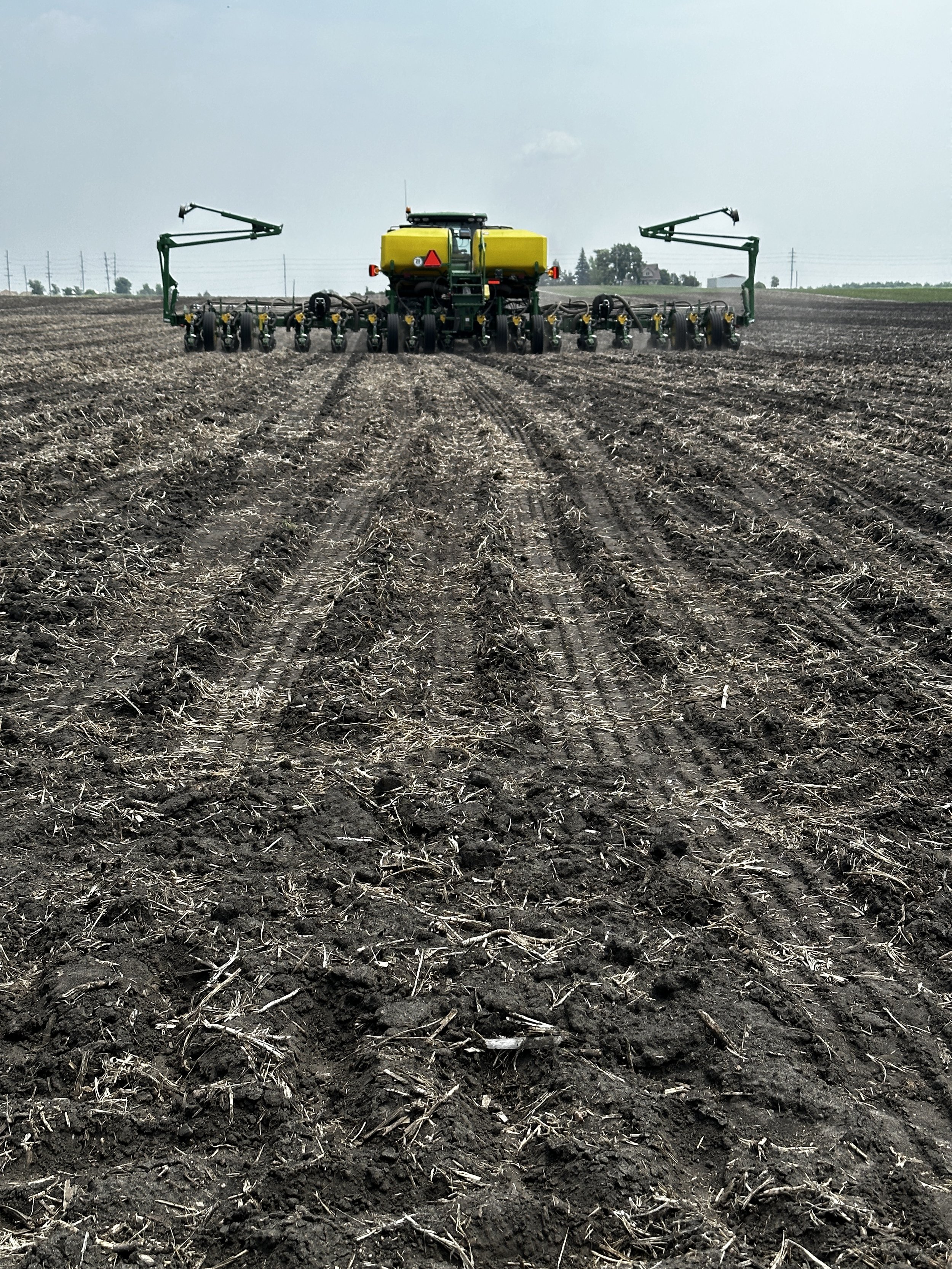Keeping Proso Acres Clean
How to regulate and terminate weeds in your proso fields.
No matter what crop you produce, weeds can be an issue for every field. Keeping proso millet fields clear of broadleaves and grasses is extremely important to increasing yields at harvest. Let’s discuss how you can manage these weeds in your proso fields this season:
Though proso millet is favored for its shorter growing season and ability to produce abundant yields with limited water and nutrients, there are some challenges it faces along the way. Though it emerges within three to four days, proso millet takes about two weeks to start developing a full canopy. This is a slower growth rate than most small grains,and opens the door for weeds to infiltrate the field. These weeds will often impact germination and stand count, which ultimately affects yield potential. As the plant gets its growth spurt and starts to develop a leaf canopy, a healthy stand will reduce the weed pressure significantly. It just needs a little boost to get there.
Since proso millet in the U.S. is commonly grown in the High Plains, it continually faces drier climates and less than 20” of annual rainfall on average. This crop thrives in drought prone areas due to its minimal water requirements. In fact, proso millet is able to produce sufficient yields with half of the needed rainfall as dryland corn. It was made for dry-land farming.
Even with minimal moisture requirements, proso still doesn’t like to compete with other plants for resources. The shallow root system for proso millet is only three to four inches deep, and it sources water from the top layers of soil. These same layers are where most weeds also source water from. The shallow root system means proso needs adequate surface level moisture to initiate germination and initial plant growth. And in areas where rainfall is limited to begin with, there’s not enough water for millet to share with invading weeds.
To support a successful proso millet crop, then, producers must be vigilant in their attack on weeds.
Depending on if producers incorporate no-till practices in their operation, the best methods of controlling weeds are mechanical and chemical.
Tilling a field prior to planting often removes a majority of the weeds present. But a second round of tilling immediately before seeds go in the ground provides the cleanest field for germination and planting success.
If no-till practices are implemented, herbicide application is the best option. Spraying glyphosate before planting will provide good coverage for pre-emergence weed control. Shortly after planting, a post-emergence application of 2,4-D will tackle the remainder of weeds still present.
In addition to direct weed control, another practice that aids in producing a healthier proso millet stand is using an optimum seeding rate. Using 12-15 pounds per acre dryland, or 20 pounds per acre for irrigated ground, will ensure that fields have a high enough population to naturally fight weeds once the plant canopies develop.
To learn more management tips for proso millet production, check out these articles on our blog.
Producing Proso Millet in the High Plains
Rotating Proso Millet with Winter Wheat

